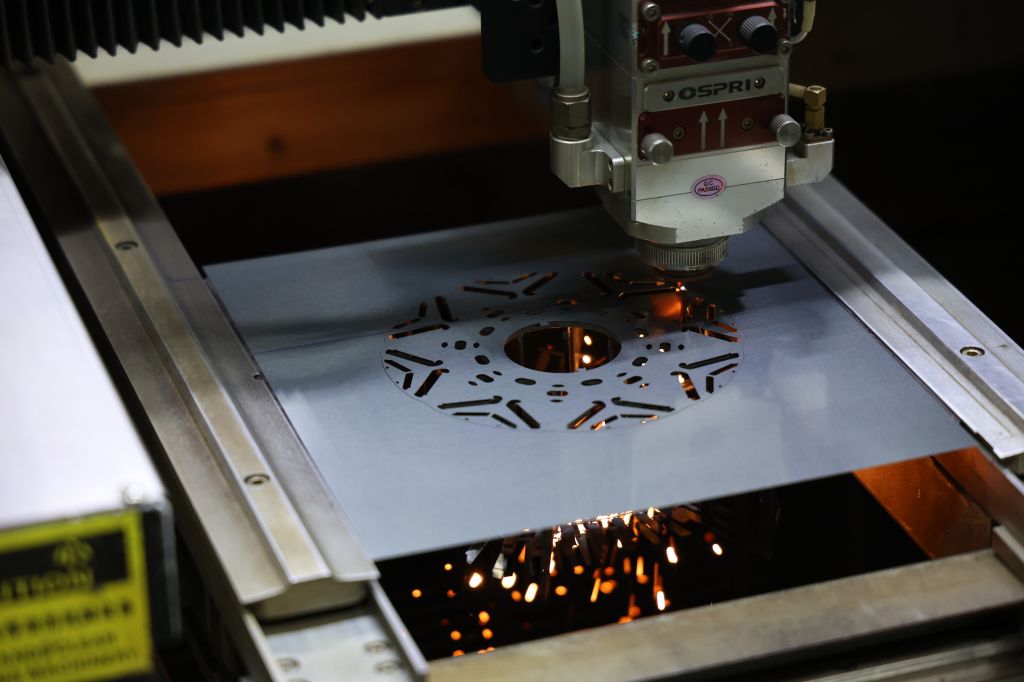The demand for high-efficiency electric motors is accelerating worldwide, and with it, the technologies used in motor core production are evolving. Among these, laser cutting sample making capabilities are playing a transformative role, especially in the prototyping and customization of motor laminations.
The Importance of Motor Lamination in Modern Industries
Motor laminations form the core structure of electric motors, typically made of thin electrical steel sheets stacked together to minimize eddy current losses. Their design, accuracy, and material properties directly impact the efficiency, power density, and noise levels of the motor. With rapid developments in EVs, robotics, aerospace, and industrial automation, the quality and customization of motor laminations have become critical.
Traditional punching methods for laminations, while effective for high-volume production, often face limitations in prototyping, small batch customization, or frequent design iterations. Laser cutting, in contrast, has emerged as a dynamic solution to address these evolving needs.
How Sample Making’s Future Is Being Shaped by Laser Cutting
Laser cutting creates complex designs on laminated sheets by using concentrated laser beams. It greatly shortens the lead time for developing prototypes by doing away with the necessity for actual molds or dies. Engineers and manufacturers now benefit from faster feedback cycles, enabling more agile R&D and product improvement.
Laser cutting’s non-contact nature allows for exceptionally high accuracy without material distortion, a key advantage for complex or miniaturized motor designs. It also accommodates a wide range of materials, including high-grade silicon steel, cobalt alloys, and amorphous metals used in high-efficiency motors.
Key Advantages of Laser Cutting for Lamination Sample Making
Laser cutting brings several notable benefits when used for creating sample motor laminations:
- High Dimensional Precision: Tolerances as tight as ±0.01mm can be achieved, ideal for applications where even minor deviations can affect performance.
- Design Flexibility: Easily adapts to changes in geometry, allowing rapid experimentation and innovation without the cost of retooling.
- Material Versatility: Compatible with various lamination materials, including ultra-thin sheets used in high-speed motors.
- No Tooling Cost: Eliminates the need for expensive progressive dies, reducing initial investment during the development phase.
- Faster Iterations: Speeds up the trial-and-error phase in motor design, enhancing overall time-to-market.
- Edge Quality Control: Modern laser systems can control heat input to reduce burrs and oxidation, preserving magnetic properties.
Applications Across Industries
Laser-cut motor laminations are increasingly being used in a wide range of industries where innovation and customization are essential:
- Electric Vehicles (EVs): Automotive OEMs and suppliers require custom-shaped laminations for traction motors, often prototyping multiple iterations to achieve optimal performance.
- Robotics: Custom lamination samples for compact, high-torque motors enable more precise and responsive robotic movement.
- Aerospace: High-reliability motors demand accurate lamination stacks with specialized materials, best produced using laser-cutting technologies.
- Medical Equipment: Quiet, compact motors in diagnostic and surgical equipment benefit from the non-invasive cutting method and flexibility in design.
- Consumer Electronics: With miniaturization a constant trend, laser-cut samples allow the creation of tiny, yet efficient motor components.
Comparative Analysis: Laser Cutting vs. Traditional Stamping
The following table highlights the key differences between laser cutting and traditional stamping in sample lamination production:
| Feature | Laser Cutting | Traditional Stamping |
| Setup Time | Low | High |
| Tooling Cost | None | Expensive mold/die required |
| Suitable for Prototyping | Yes | No |
| Production Volume | Low to Medium | High |
| Material Versatility | Very High | Moderate |
| Tolerance Level | ±0.01mm | ±0.05mm (typical) |
| Edge Quality | High (with controlled parameters) | High, but may require deburring |
| Flexibility in Design | Very High | Limited to die design |
| Time to Market | Fast | Slow (due to mold development) |
| Ideal Use Case | R&D, prototypes, specialty motors | Mass production with fixed design |
Innovations in Laser Technology for Laminations
Recent advancements in laser systems further enhance their role in motor lamination manufacturing:
- Fiber Lasers: Offer higher energy efficiency and longer operational life, with the ability to cut ultra-thin materials cleanly.
- Ultrafast Lasers: Deliver pulses in femtoseconds, creating minimal heat-affected zones—essential for preserving the magnetic properties of core materials.
- Automated Nesting Software: Optimizes the layout of lamination shapes on a sheet, reducing waste and improving material utilization.
- AI-Driven Design Adaptation: Allows real-time modification of designs based on performance feedback from motor tests, integrated directly into the laser cutting workflow.
Integration with Stator and Rotor Stack Manufacturing
Laser-cut samples are not just standalone laminations—they seamlessly integrate with subsequent processes such as stacking, welding, and bonding. Manufacturers now use laser samples to validate the performance of entire stator or rotor stack assemblies before committing to full-scale production. This “sample-to-stack” approach reduces risk and ensures alignment between design intent and real-world application.
Moreover, laser sample making accelerates collaboration between motor designers and mold engineers, enabling rapid validation of structure, tolerance, and material compatibility before investing in costly tooling for mass production.
Sustainability and Material Optimization
Sustainable production methods are also aided by laser cutting. Because it allows better nesting and minimal material waste, it aligns with green manufacturing goals. Additionally, it supports the use of new eco-friendly and recyclable materials that may not be compatible with traditional stamping dies due to brittleness or thickness constraints.
The ability to test various materials rapidly also helps in selecting the most sustainable and high-performing options without significant delay or cost.
Future Outlook: From Samples to Smart Manufacturing
As digital transformation takes hold in manufacturing, laser-cut sample making is becoming an integral part of smart motor production ecosystems. Combined with simulation software, digital twin technologies, and real-time testing platforms, laser cutting bridges the gap between design and execution.
In the near future, we may see integrated systems where lamination samples are produced, tested, and optimized through closed-loop AI algorithms—all in a matter of hours.
For motor manufacturers, especially those serving high-tech and high-precision sectors, embracing laser cutting for sample laminations is no longer optional—it’s becoming a necessity.



